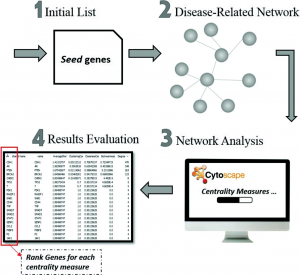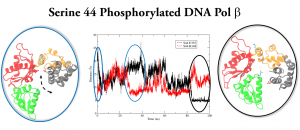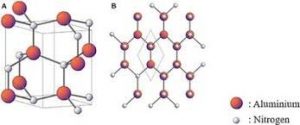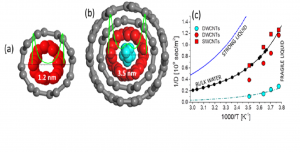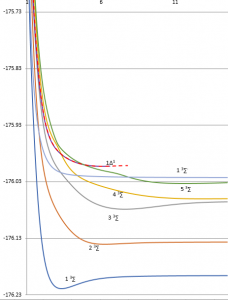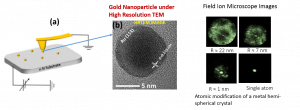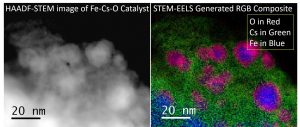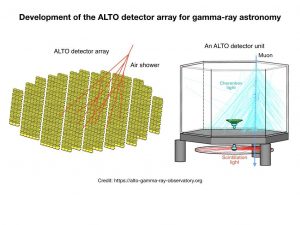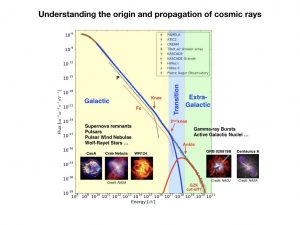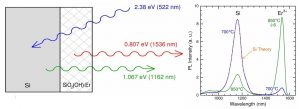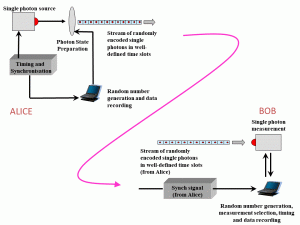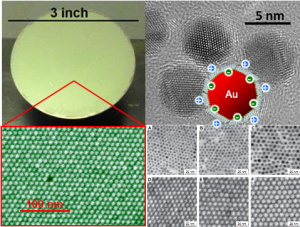Faculty Research Activities
Research Lead: Dr. Dirar Homouz
- Predicting disease-related genes using text mining and machine learning algorithms
- DNA pol beta phosphorylation-induced activation is induced by disruption of an important H-bond and the formation of new salt bridge
Research Lead: Dr. Issam Qattan
- Theoretical and Experimental Nuclear and Particle Physics: Probing the Electromagnetic Structure of the Proton Utilizing Electron-Proton Scattering

- Theoretical and Computational Condensed Matter Physics: First Principles ab initio Density Functional Theory Investigation of Structural, Electronic, Optical, and Mechanical Properties of Sputtered Alimunium Nitride Thin Films.
Research Lead: Dr. Jamal Hassan
- Study of surface and nano confined water dynmics using NMR spectroscopy. The figure shows results of Water diffusion in SWCNTs and DWCNTs (a,b) and diffusion-temperature data (c ) obtained using proton 2D diffusion-relaxation NMR technique
Research Lead: Dr. Nirpendra Singh
- Valleytonics in two-dimensional (2D) heterostructures.
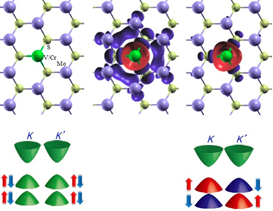
- Computational design of novel materials for thermoelectric generators (TEG)
Research Lead: Dr. Nayla El-Kork
- Electronic Structure Calculations of diatomic molecules for laser cooling and Astrophysical Applications
Research Lead: Dr. Gobind Das
- My research area spans from spectroscopy characterization to nanofabrication techniques for biomedical applications. The research goal is to develop an efficient and high specificity biosensor for early detection of cancer and infectious diseases. The group is involved in design and fabrication of nanoplasmonic optical biosensors to facilitate the point of care (POC) and to provide the cost-effective clinical analysis. In addition, the group is involved in spectroscopy (micro/nano) analysis for all kind of samples including biomaterials utilizing the home-built nanoprobes.
Research Lead: Dr. Moh’d Rezeq
- Developing low power nano devices based on nanoSchottky interfaces and nanoparticles. Fabricating and characterizing nanoprobes using field ion microscope.
Research Lead: Dalaver H. Anjum
- Developing and applying new electron microscopy modalities to characterize advance nanomaterials. Understanding the physics of materials and condensed matter.
Research Lead: Dr. Shashikant P. Patole
- Applied Quantum Materials Laboratory (AQML): The research goal of AQML is to find technological solutions of the challenges associated with the modern society, concomitant with the UAE interest. AQML research focuses on the development of cutting edge quantum materials required for the transformative changes in transportation, healthcare, energy, water and telecommunications sectors. AQML expertise of modifying quantum materials at atomic level and on an industrial scale enables AQML to transform possibilities into reality.
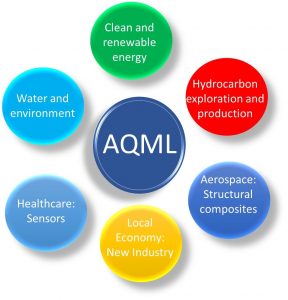
Lead: Dr. Satyendra Thoudam
- This research involves measurement of cosmic rays with the LOFAR radio telescope in the Netherlands. High-energy cosmic rays generate air showers when they interact with the Earth’s atmosphere which primarily consist of electrons, positrons, gammas and a small fraction of muons. The electrons and positrons produce radio emission which are detected using the LOFAR antennas. Cosmic rays with energies above around 10^17 eV are detected using this method. More information on the LOFAR webpage: http://www.lofar.org
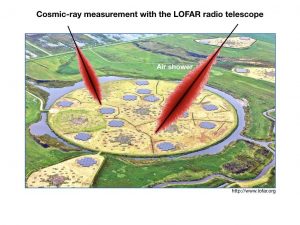
- ALTO is an air shower array proposed for high-energy gamma-ray astronomy in the Southern Hemisphere. The detector system will consists of water Cherenkov detectors and/or liquid scintillators that are sensitive to air showers generated by high-energy gamma rays in the atmosphere. ALTO is expected to detect gamma rays above around 200 GeV. ALTO is currently at the prototyping phase at Linnaeus University campus in Växjö, Sweden. Please visit the ALTO webpage for details about the project: https://alto-gamma-ray-observatory.org
- This involves theoretical studies to understand how cosmic rays are produced in our Galaxy and other external galaxies, and how they propagate in the interstellar/intergalactic medium. Models are developed based on high-precision data available from current generation experiments.
Research Lead: Dr. Mauro Fernandes Pereira
- This project involves the control of GHz-THz nonlinearities in semiconductor superlattices. It combines the development of new theory and numerical methods, with the possibility of creating new devices for sensitive gas detection with potential for medical physics diagnostics and environmental control. The color maps show the dependence of the harmonic emission as a function of input field amplitude and current asymmetry. We are currently designing structures to enhance the asymmetry and optimize even order harmonic emission.
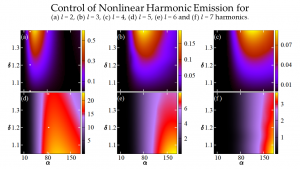
Research Lead: Dr. Sufian Abedrabbo
- Researching methods to enhance bandgap emission from indirect bandgap semiconductors, particularly Silicon. This includes: interfacing silicon with engineered doped coatings that introduce inhomogeneous stresses that modulates the bandgap favoring the radiative recombination. The experimental work includes search for optimum coatings and on various characterization of the interface, band edge, electronic and optical properties while the theoretical study entails bandgap modulations and prediction of the electronic and optical properties. Simultaneously, engineered dislocations in Si will be formed and studied as well for light emission purposes.
Research Lead: Dr. Simon Phoenix
- Quantum information theory, quantum game theory, quantum key distribution, foundations of QM
Research Lead: Dr. Matthew Martin
- Our research focuses on the self-assembly and synthesis of metal nanoparticles smaller than 10 nm for applications in electronics, medicine, and biology. As shown in the picture, we control the size, surface chemistry, and charge of nanoparticle building blocks to create highly ordered 2D superlattices and ultrathin coatings, nanoparticle drug delivery systems, and bottom-up assembly of functional nanomaterials. Visit our group webpage for more information and open research positions: http://sites.google.com/view/martin-lab/home
